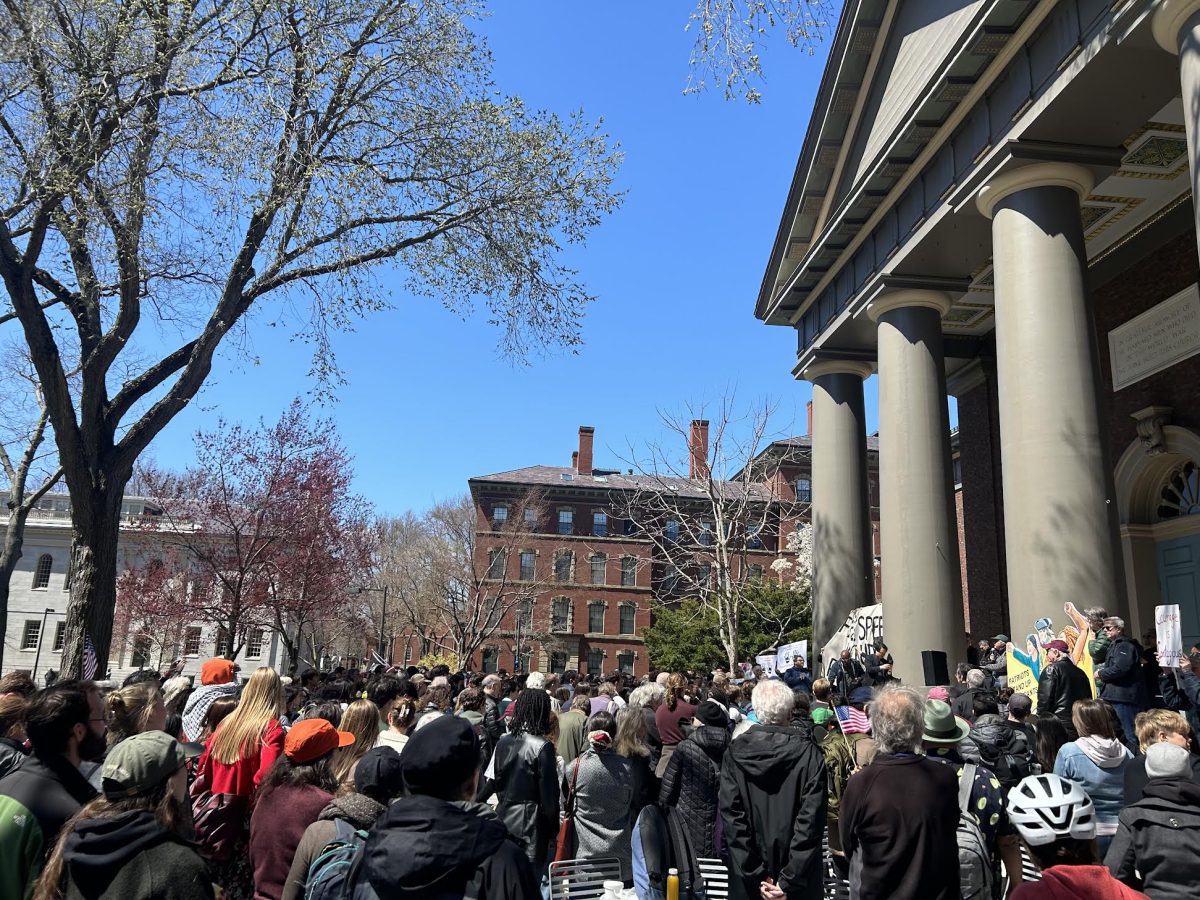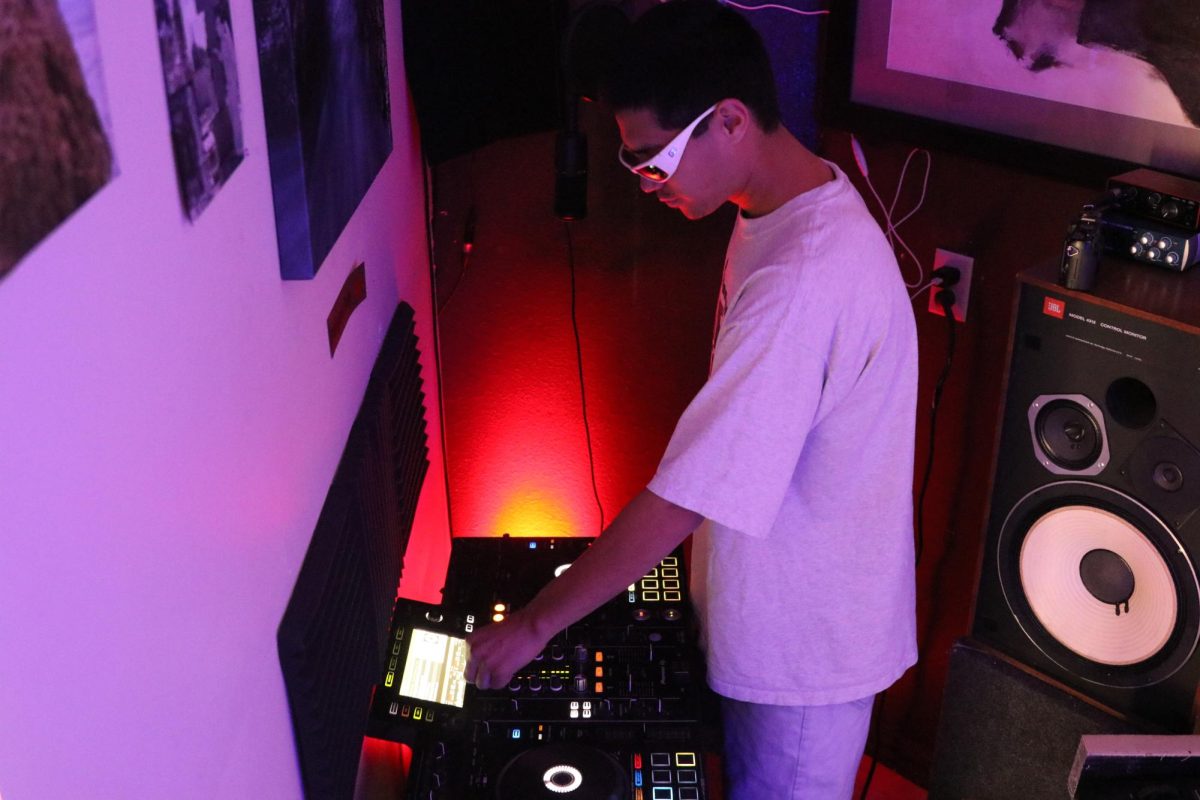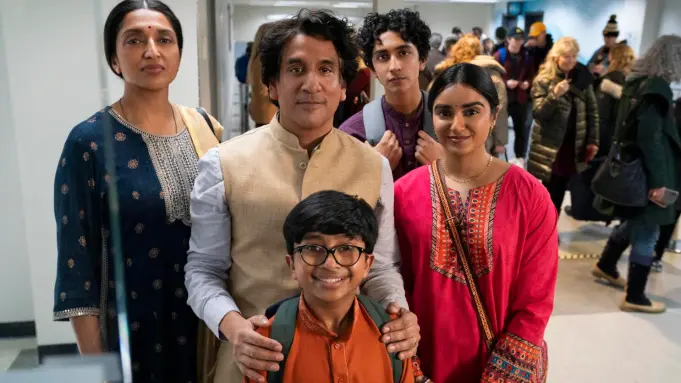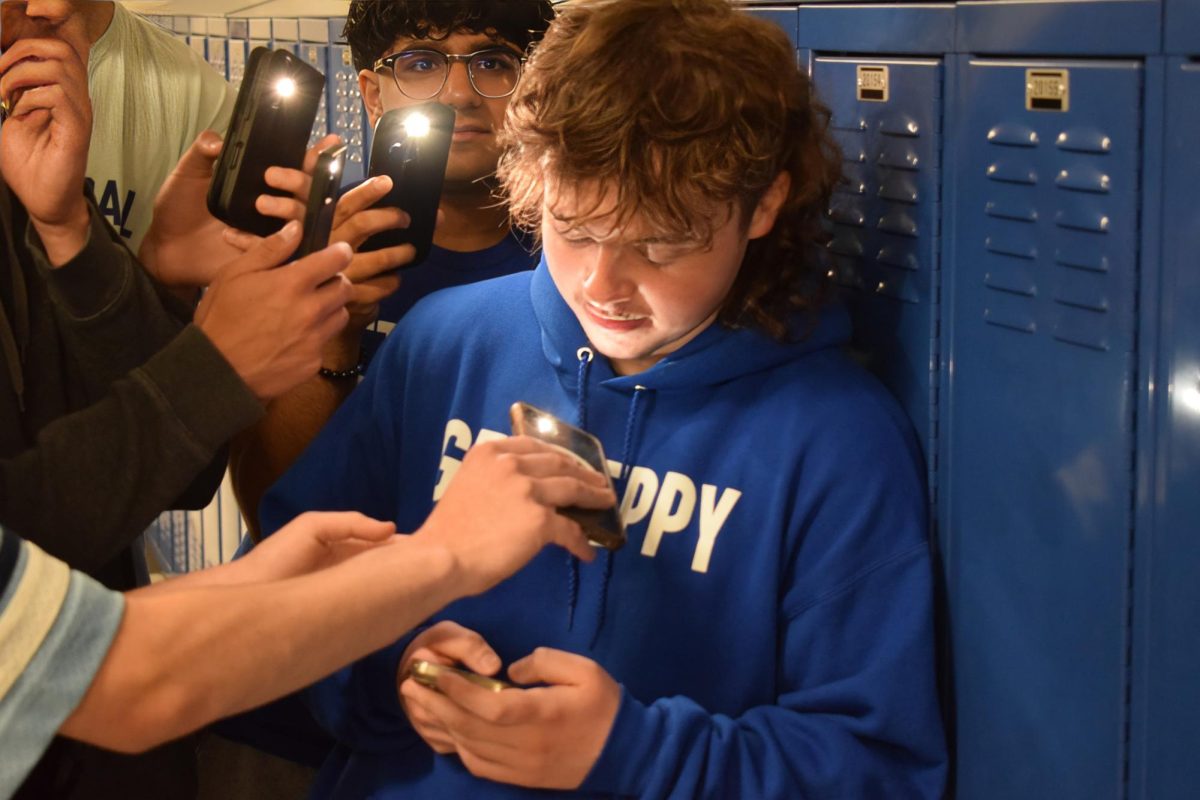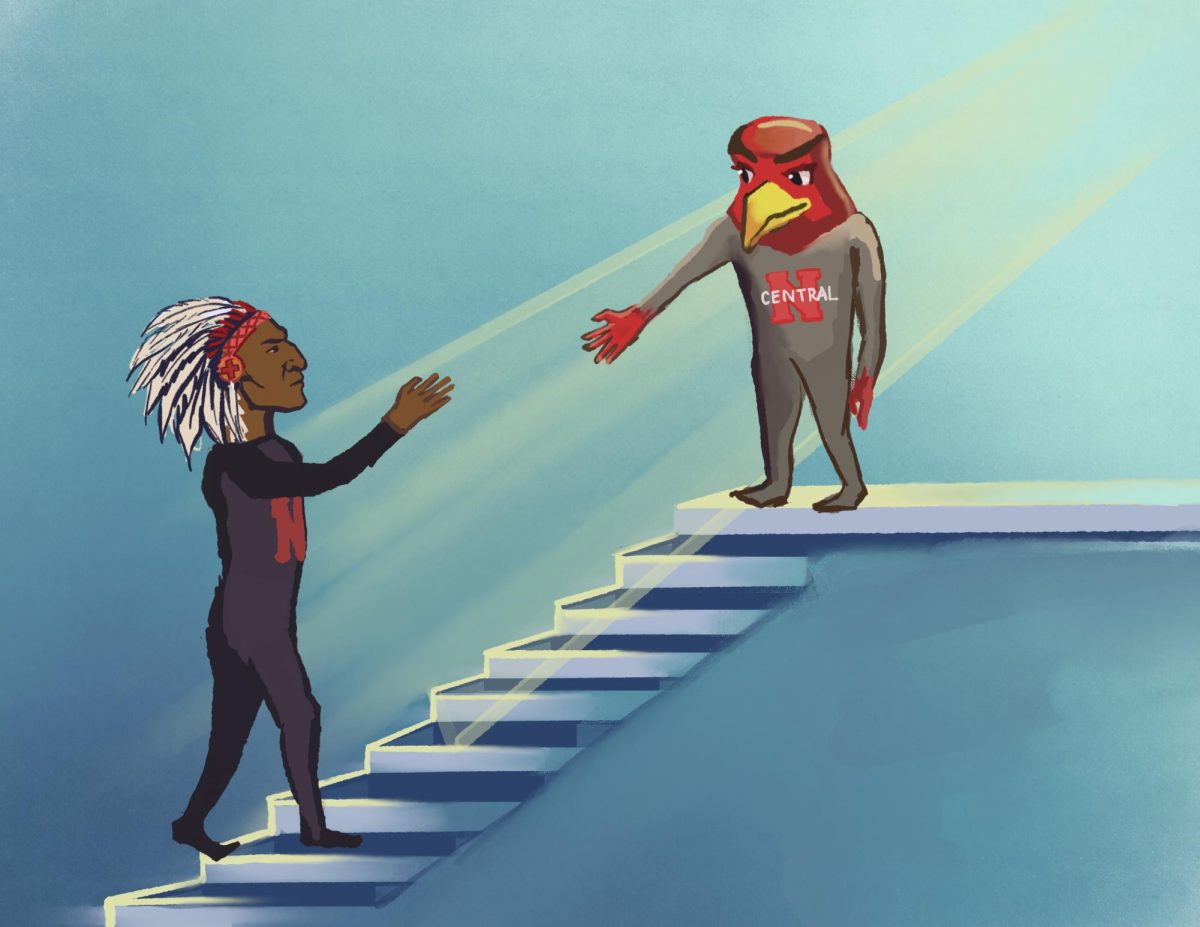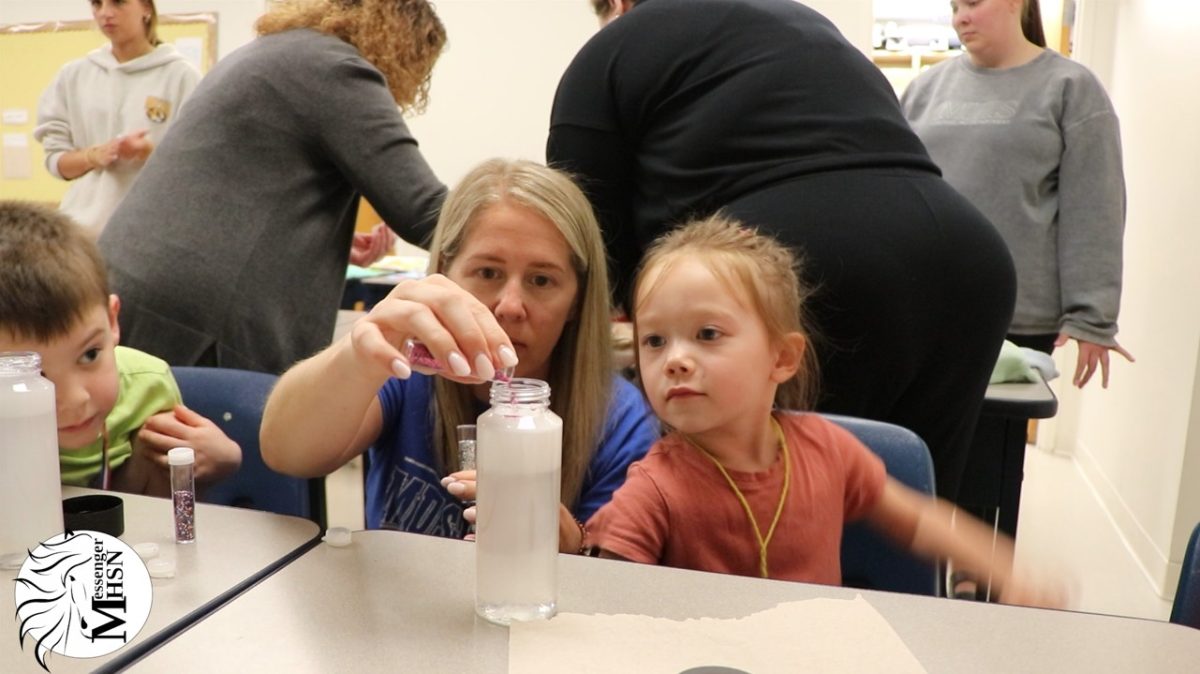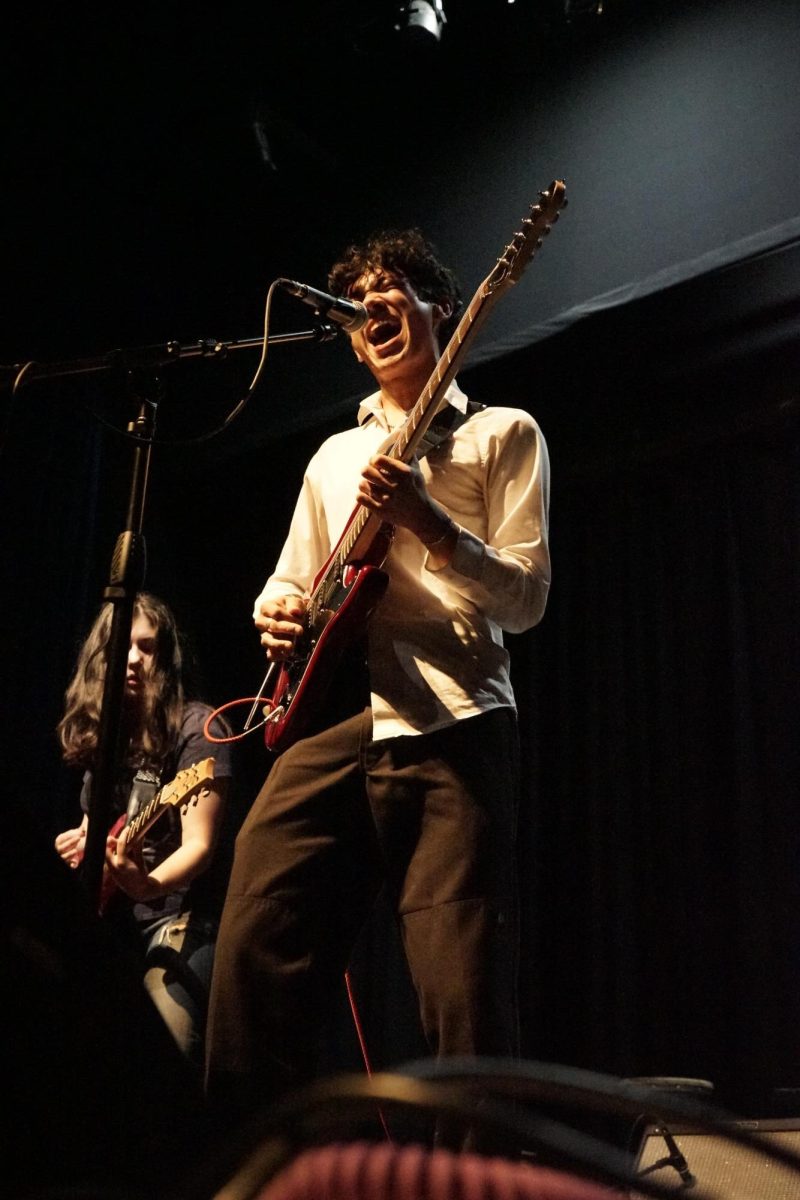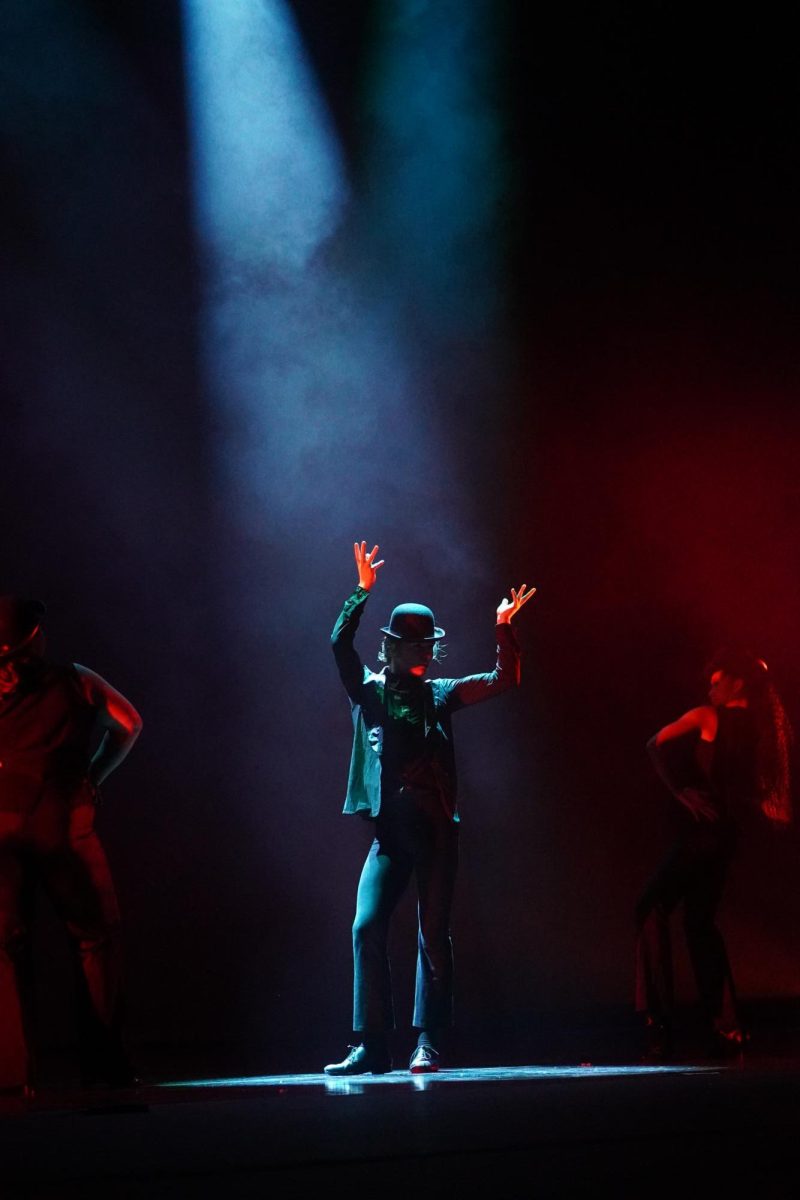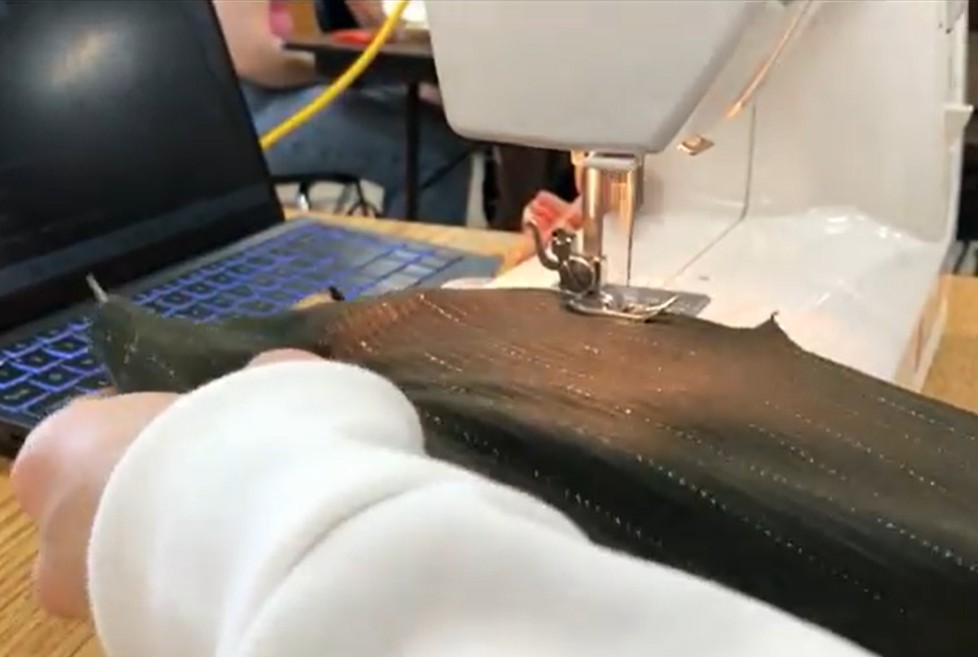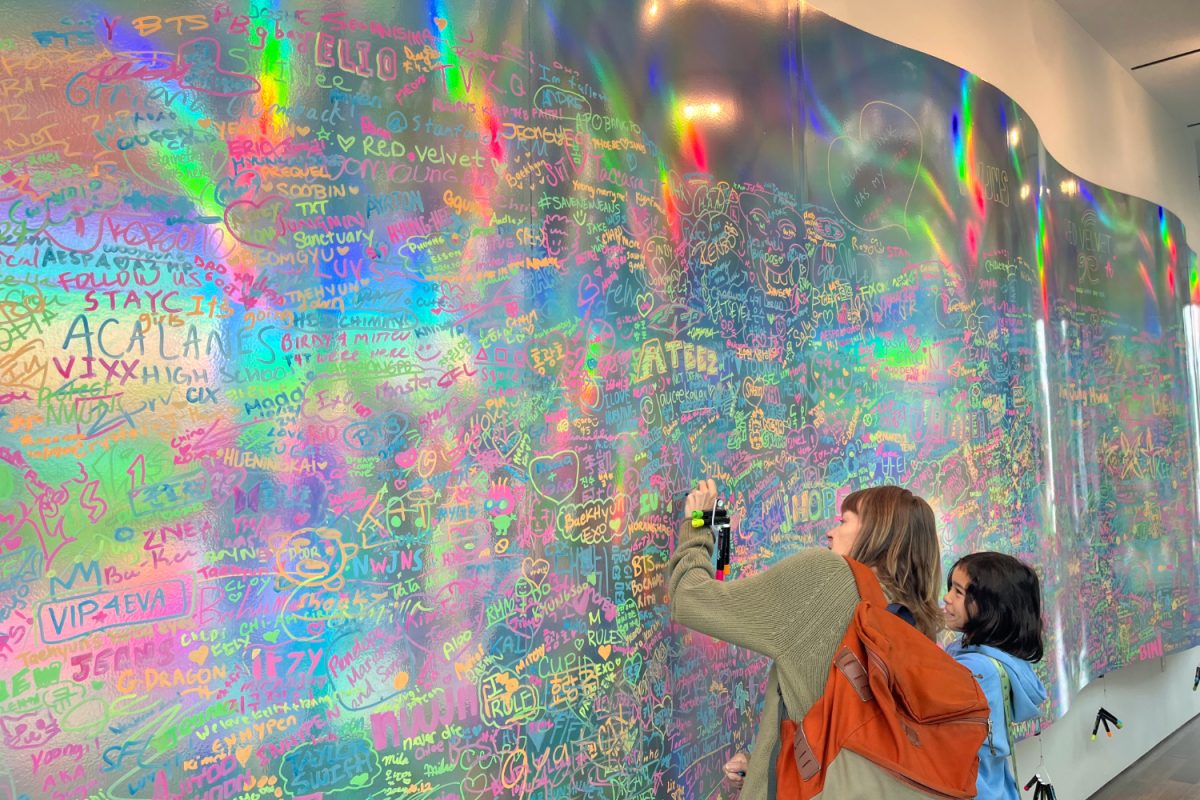The San Francisco Asian Art Museum (AAM) recently opened a new exhibition on Hallyu, the Korean wave.
The new exhibition contains around 200 objects and artworks to demonstrate the widespread impact that Korean culture has had on a global scale. According to the museum’s curator, Yoon-Jee Choi, this is the first time a major museum exhibition has focused on Korean pop culture.
The term “Hallyu” refers to this spread of Korean culture, originating from the Chinese term “hanja” and directly translates to “Korean wave.” Hallyu has had many impacts beyond South Korea’s borders, with the spread of culture continuing today.
Treasure Today stated that, in 2004, Hallyu contributed to 0.2% of Korea’s gross domestic product (GDP). Although that percentage may seem minuscule, it equates to approximately $1.87 billion. By 2019, Hallyu was embraced worldwide, boosting the Korean economy by an estimated $12.3 billion.
Artists and Korean influencers from the 1970s had their fair share of American fame. Building on that foundation, Korean culture has skyrocketed in popularity in the past two decades.
Within the Korean pop culture industry, Korean popular music (K-pop) has proven to be the most influential, especially in the Bay Area and across the U.S.
Ki To, a professional dancer and K-pop dance teacher at CY Danceworks, shares his views on Hallyu’s progression within the Bay Area dance community.
“I think more K-pop events are being thrown out now, and the community has gotten larger,” To said.
He also mentioned the idea of people having a bias toward certain artists. In K-pop, having a “bias” refers to having a favorite singer or band member in an idol group.
“I think that K-pop dance has grown especially big, but numbers tend to fluctuate with K-pop classes. People only attend classes for the artists they like. I’ve also noticed that DJs tend to be careful of what they play at K-pop events, so they can cater to the crowd,” To said.
Certain K-pop idol groups, such as Bangtan Sonyeondan (BTS), Blackpink, Twice, and Seventeen, have emerged as some of the most prominent artistic influencers of the 21st century.
Since the 2020 COVID-19 pandemic, more and more people have begun to be exposed to K-pop through social media.
Bernadette Soriben-Oh, one of To’s K-pop students and mom of a Carlmont senior, shared her thoughts on the pandemic’s impact.
“It wasn’t until 2020 that I saw my first BTS video, ‘Mic Drop,’ on a random channel. I was super impressed with the music video: the beats, the sound, the dancing, the special effects. The lockdown had especially opened up a small country for the rest of the world to learn about,” Soriben-Oh said. “If it weren’t for social media, the quick spread of Korean culture would not have happened.”
BTS was also Jasmine Gee’s introduction to K-pop. Gee is the president of Carlmont’s Korean Culture Club (KCC).
“In middle school, during the pandemic, my friends liked BTS. I got into BTS and started looking at other K-pop groups from there,” Gee said.
Gee shares that K-pop’s effective use of social media to promote new songs, concerts, and fan meetings is unique to the industry.
“Compared to American artists, Korean artists have more connection with their fans throughout their time as professional artists. That’s what made me interested,” Gee said.
Soriben-Oh was attracted to the K-pop artists’ respect for each other and their unique music style.
“K-pop is fun. It can be innocent, bubble gum sounding, and then you get the hard hip-hop sound. I love that variety,” Soriben-Oh said.
In addition to K-pop, Korean dramas (K-drama), Korean fashion (K-fashion), and Korean beauty are also part of the fast-growing contemporary Korean culture wave.
“I think they are all different niches and subcategories that bounce off each other,” To said.
“Korean fashion borrows influences from old-school hip hop, and unlike the current U.S. fashion trends, K-fashion is done more cleanly and refined,” Soriben-Oh said.
Gee acknowledges that people enjoy a variety of Korean culture. She considers this factor when planning club meetings.
“We know that not everyone likes K-pop, and we know that people in turn like K-dramas, food, and other stuff, so we vary the focus of the meetings,” Gee said.
South Korea has established itself as a pop culture sensation through K-pop, dramas, fashion, and beauty trends.
“South Korea is such a small country, but its influence internationally is huge,” Soriben-Oh said.
With the vast array of Korean influence on pop culture, everyone can enjoy Hallyu from different entry points. The exhibit will continue to be open until Jan. 6, 2025 for people to learn more about Korean culture.
This story was originally published on Scot Scoop News on October 27, 2024.




